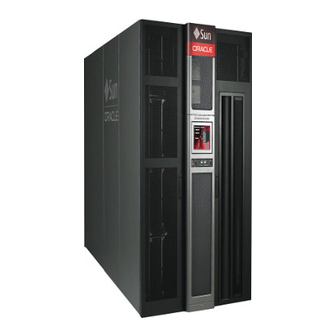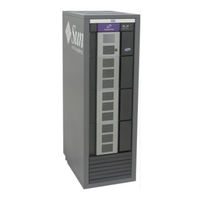
Oracle StorageTek SL8500 Manuals
Manuals and User Guides for Oracle StorageTek SL8500. We have 3 Oracle StorageTek SL8500 manuals available for free PDF download: User Manual, Safety And Compliance Manual, Security Manual
Advertisement
Advertisement
Advertisement


